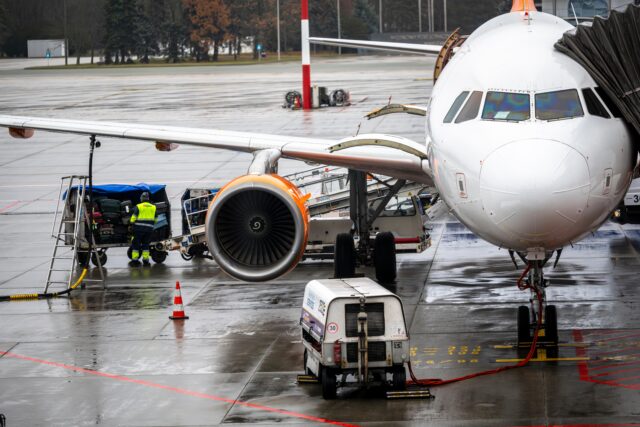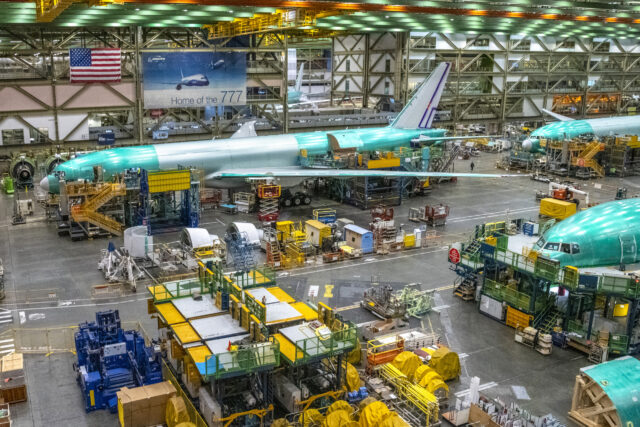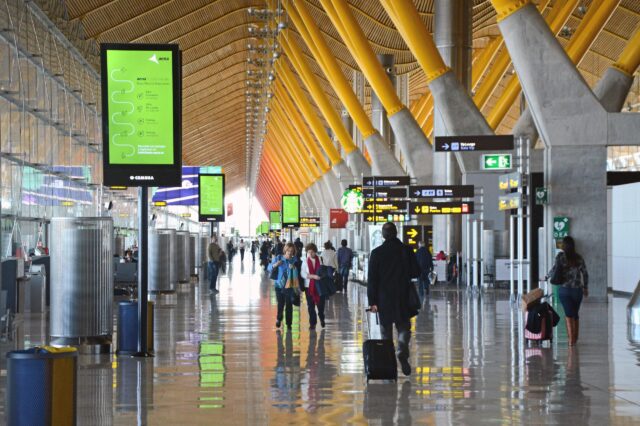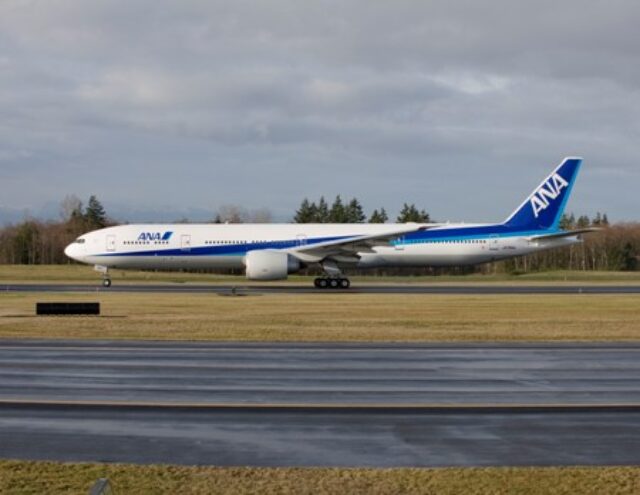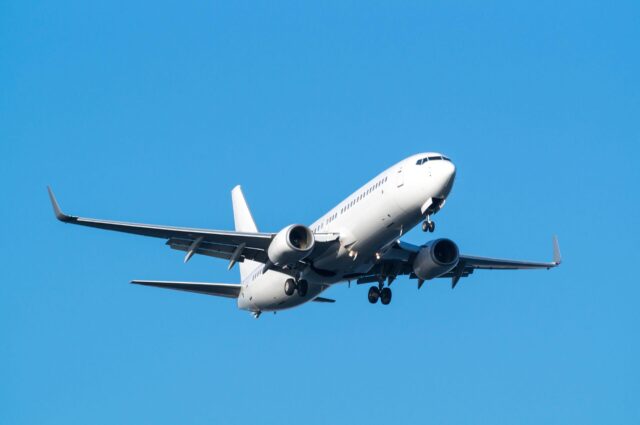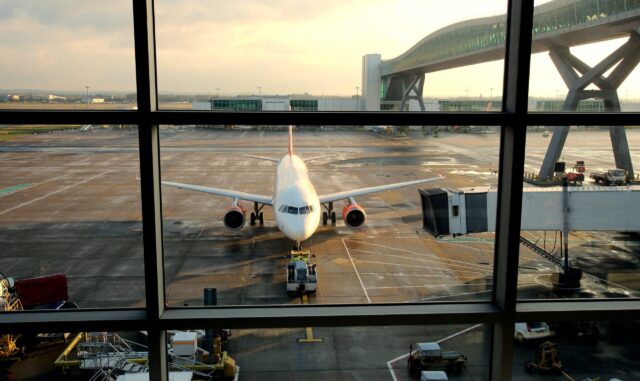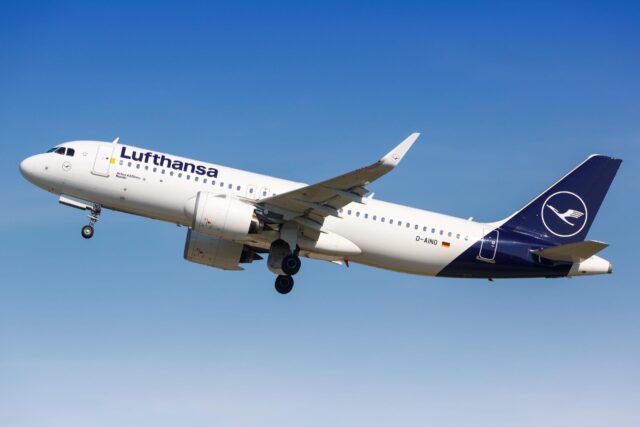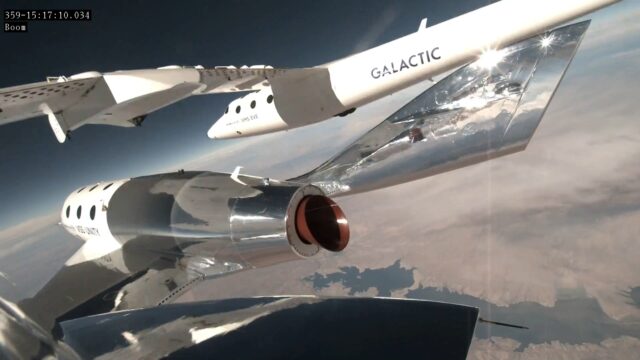USAF hedging bets with the Bone as B-1 Lancer to get new hypersonic missile pylons

July 15, 2025

The United States Air Force’s B-1 Lancer fleet is set to receive new external pylons to enable it to carry a range of large weapons, including future hypersonic weapons.
The War Zone first reported that the US Air Force is going ahead with plans to add external pylons to the service’s remaining B-1B Lancer bombers.
These will significantly increase the sweep wing bomber’s ability to carry a large number of weapons and operate outside of contested airspace.
This announcement comes after years of experimentation, with B-1 Lancers being used for testing hypersonic missiles in 2023. The Lancer took the role from the older B-52 Stratofortress bombers that had previously been used as testbeds.

The Air Force is requesting $50 million in funding for its External Heavy-Stores Pylon program. The Hypersonic Integration Program has successfully demonstrated the Lancer’s ability to “execute a captive carry of a 5,000-pound class store,” according to budget documents.
Up to 31 hypersonic missiles for the B-1 Lancer
These weapons are attached to the Load Adaptable Modular (LAM) pylon the Air Force has been developing. It’s unclear how many LAMs each B-1 will be fitted with, although the B-1’s six external hard points would allow for six LAMs.
Those hardpoints were originally designed to externally carry nuclear-tipped cruise missiles. Following the end of the Cold War, the Air Force wound back its strategic bomber fleet’s ability to carry nuclear weapons, often as part of mutual agreements with Russia.
Those external hardpoints mostly fell into disuse. However, this is now being reversed, and these points can already carry a Sniper Advanced Targeting Pod (ATP).

Separately, the Air Force also removed the ability of 30 of the Air Force’s 76 B-52 bombers to carry nuclear weapons. This was done to comply with limits under the New START Treaty with Russia.
That treaty is set to expire in February 2026 and, according to Defense News, Congress is moving to restore those B-52s’ nuclear capabilities.
Past reports have suggested that B-1 Lancers would be able to carry up to 31 hypersonic weapons with the right modifications. The number includes ordnance carried both internally and externally.
To be replaced by B-21 Raider in 2030s
Concurrently, the stealthy Northrop Grumman B-21 Raider is in low-rate production and is expected to enter service in a couple of years. As the B-21 enters service in sufficient numbers, the B-2s are expected to be the first aircraft to retire and are expected to exit the Air Force sometime in the mid-2030s.
The Air Force has a fleet of 42 B-1s in active service, with more stored at the Davis-Monthan boneyard. The Air Force is working to push the numbers back up to 44 aircraft after aircraft were written off in accidents.

The Air Force is expecting to eventually acquire at least 100 Raiders. Around $15 billion has recently been allocated to the B-21 program. This includes $10 billion from the YF 2026 budget and another $4.5 billion in extra funding from the One Bill Beautiful Bill.
For now, it seems the Air Force is hedging its bets with the current fleet of B-2 Lancers against any potential delays or other issues with the new B-21 Raider.
